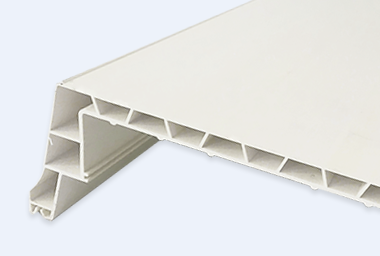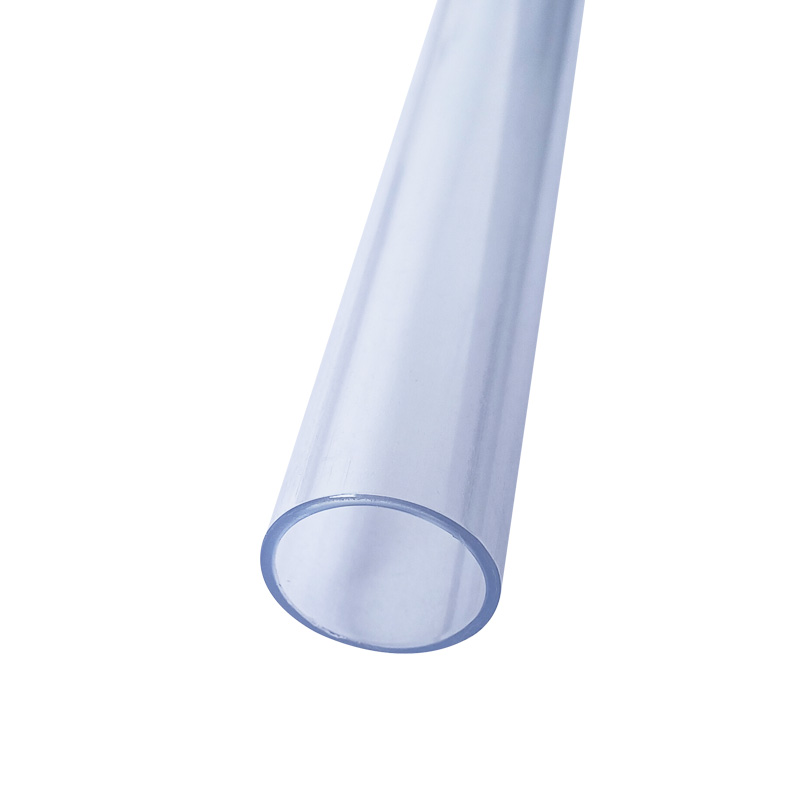1. ABS performance: ABS is synthesized from three chemical monomers, acrylonitrile, butadiene and styrene. (Each monomer has different properties: acrylonitrile has high strength, thermal stability and chemical stability; butadiene has toughness and impact resistance; styrene has easy processing, high finish and high strength.
The properties of ABS mainly depend on the ratio of the three monomers and the molecular structure in the two phases. This allows great flexibility in product design, and has resulted in hundreds of different quality ABS materials on the market. These different quality materials offer different properties such as medium to high impact resistance, low to high finish and high temperature twist properties. ABS profile material has superior ease of processing, appearance characteristics, low creep and excellent dimensional stability and high impact strength.
ABS profile material is light yellow granular or beaded opaque resin, non-toxic, odorless, low water absorption, with good comprehensive physical and mechanical properties, such as excellent electrical properties, wear resistance, dimensional stability, chemical resistance and surface gloss, etc., and easy to process and shape. The disadvantage is weather resistance, poor heat resistance, and flammability.
2. Process characteristics of ABS profile forming
1. ABS has high hygroscopicity and moisture sensitivity. It must be fully dried and preheated (at least 2 hours at 80~90C) before molding, and the moisture content should be controlled below 0.03%.
2. The melt viscosity of ABS resin is less sensitive to temperature (different from other amorphous resins). Although the injection temperature of ABS is slightly higher than that of PS, it cannot have a loose heating range like PS, and cannot use blind heating to reduce its viscosity. It can be increased by increasing the screw speed or injection pressure to improve its fluidity. The general processing temperature is 190-235℃.
3. The melt viscosity of ABS is medium, which is higher than that of PS, HIPS, and AS, and a higher injection pressure (500~1000BAR) is required.
4. ABS material uses medium and high speed and other injection speeds to achieve better results. (Unless the shape is complex and thin-walled parts require a higher injection speed), the product nozzle position is prone to air streaks.
5. The molding temperature of ABS profiles is relatively high, and the mold temperature is generally adjusted at 25-70 °C. When producing larger products, the temperature of the fixed mold (front mold) is generally about 5°C higher than that of the movable mold (rear mold). (Mold temperature will affect the finish of plastic parts, lower temperature will result in lower finish)
6. ABS profiled material should not stay in the high temperature barrel for too long (should be less than 30 minutes), otherwise it will easily decompose and turn yellow.





